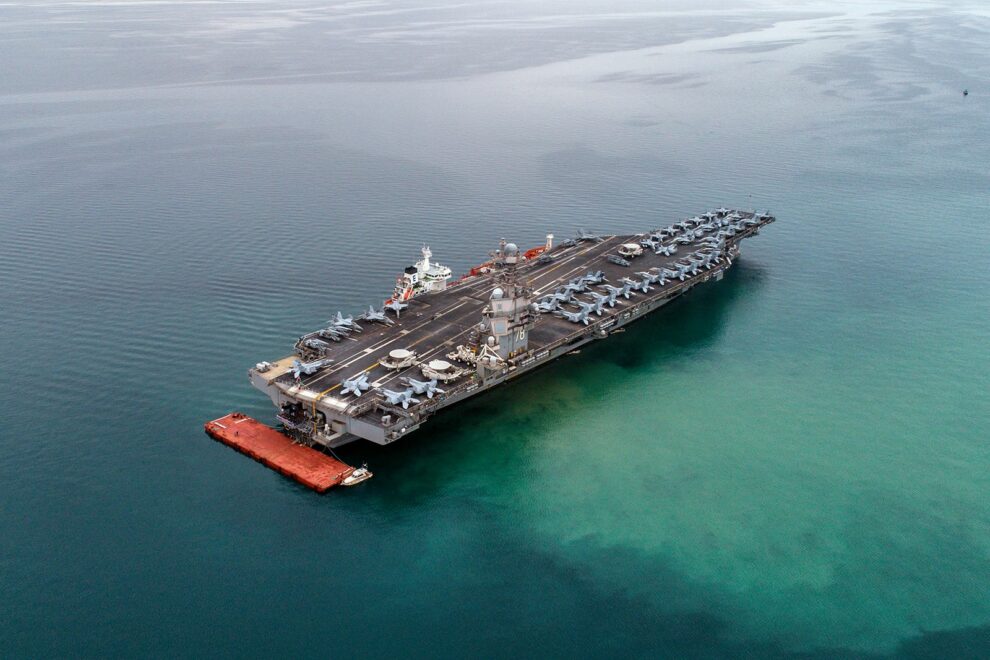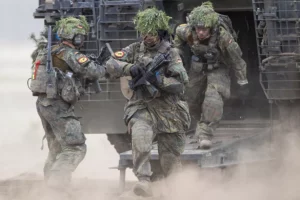China’s People’s Liberation Army Navy (PLAN) is rapidly expanding its aircraft carrier fleet, with the Type 004 expected to be its first nuclear-powered carrier, comparable to the U.S. Navy’s Ford-class.
Summary and Key Points: China’s People’s Liberation Army Navy (PLAN) is rapidly expanding its aircraft carrier fleet, with the Type 004 expected to be its first nuclear-powered carrier, comparable to the U.S. Navy’s Ford-class.

-Despite its growing carrier capabilities, China’s primary power projection relies on its robust anti-access/area denial (A2/AD) systems.
-The PLAN’s carriers enhance prestige and may serve regional dominance ambitions, particularly against less well-defended neighbors.
-However, carrier operations are costly and require sophisticated maintenance, which may challenge China’s long-term sustainability.
China’s New Type 004: A Game-Changer in Naval Power?
The People’s Liberation Army Navy (PLAN) has spent vast sums of money and resources building its growing flotilla of aircraft carriers. The carriers range in their capabilities, with the first carrier, purchased from the Russians, is basically little more than a training carrier. Its first deployment was in 2012. Since that time, China’s shipyards have churned out two more carriers, with the most recent carrier, the Type 003, being the most advanced in their fleet.
Yet, there are still more Chinese carriers on the way.
Understanding China’s Type 004 Nuclear-Powered Carrier
China’s next carrier, the Type 004, is rumored to be the country’s first nuclear-powered flat top. To many people who’ve seen leaked concept artwork of the carrier, they cannot help but notice the uncanny similarities between the under-construction Type 004 Chinese nuclear-powered carrier and the United States Navy’s newest carrier, the Ford-class. According to some online sleuths who are curious about China’s naval buildup, the new Type 004 may also have an electromagnetic catapult, just as the Ford-class does.
There is likely something to this, considering that Chinese cyber spies are believed to have stolen the designs for the new carrier catapult (American carriers until the Ford-class used steam-powered catapults).
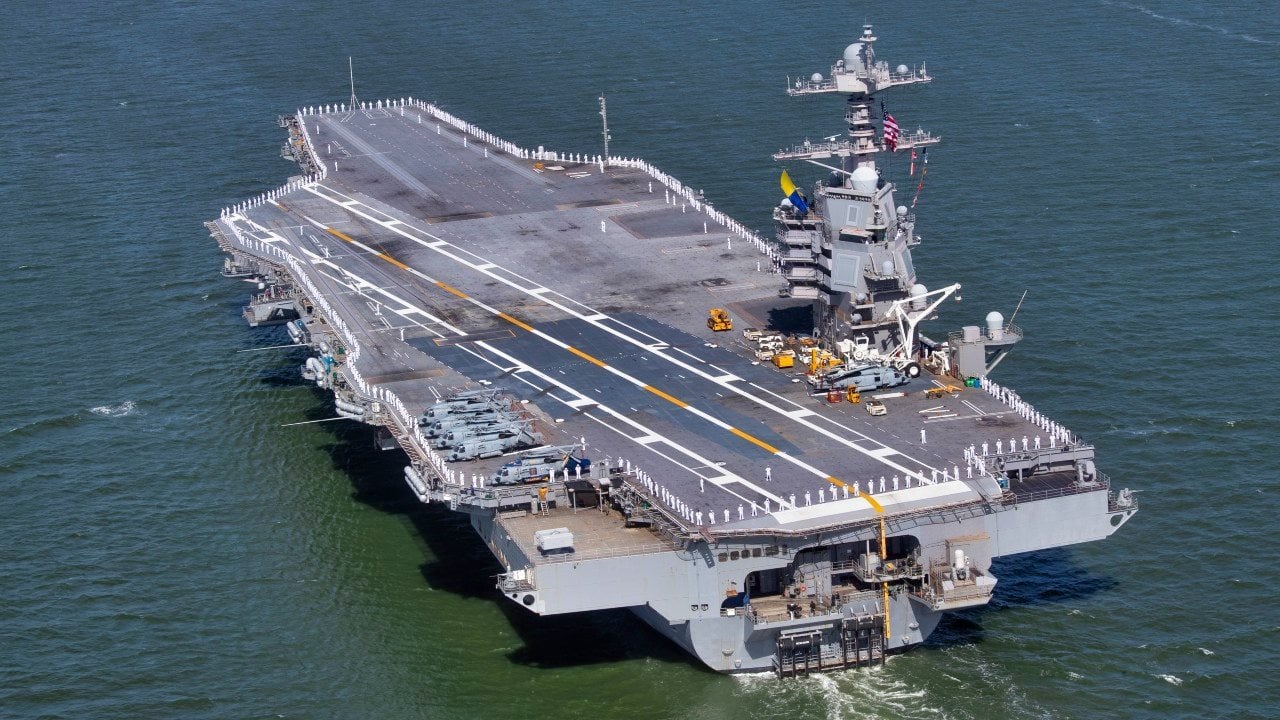
Further, there is some information that suggests the Type 004 will have the ability to launch aircraft that have greater range and carry more ordnance. Thus, the Type 004, at least on paper, will be able to match the American Ford-class carriers when they launch. The bit of good news on that front is that Chinese shipbuilders will not have the new class of carrier completed by 2030.
In essence, the world has six years before the PLAN can match the capabilities of their American rivals at sea. This is a strange development, considering that a little more than a decade ago China had no carrier capability whatsoever. With the news coming last year that China was building the Type 004 carrier, the PLAN now has the second-largest carrier fleet in the world behind the Americans.
In about 12 years, the Chinese have gone from zeroes to heroes in terms of carrier size and growing capabilities. Where will Beijing’s forces be in another 12 years?
If A2/AD is Making Aircraft Carriers Obsolete, Why is China Building Them?
Many observers are confounded by China’s decision to throw so much behind their carrier fleet. After all, as China was throwing gobs of money at their carriers they had also built up the world’s largest anti-aircraft/area denial (A2/AD) capability. These A2/AD systems effectively make aircraft carriers obsolete. At the very least, such systems significantly degrade whatever power projection advantages carriers give China’s American foes. Certainly, other countries—including the Americans—have learned from China’s A2/AD commitment and have made plans for similar systems to be deployed.
If that’s the case, the massive investment that the Chinese have made into building their carrier force will have been a waste. But there are key differences between China’s carrier force and the American carrier fleet. Whereas the US Navy’s carriers are the key element of their offensive capabilities, the PLAN’s carriers are ancillary to their primary power projection tool (the aforementioned A2/AD systems).
Further, as Peter Suciu has pointed out in these pages, China’s carrier fleet seems to play a “largely theatrical role” in Chinese fleet operations. Certainly, China’s construction of a large carrier fleet has conferred upon the PLAN a high degree of prestige.
Of course, as the British are learning with their two carriers, building carriers and maintaining them over the long term are two very different things. Carrier operations are both costly and require supply chains and sophisticated maintenance capabilities that China may either lack or find onerous as an investment.
The Downsides of Aircraft Carriers, the China Edition
What’s more, unlike American flat tops, China’s carrier force is untested in battle. The last place one wants to test their carriers is in the throes of combat, where anything can happen—especially against a skilled rival, like the Americans. Then again, the use of China’s A2/AD systems to keep US forces just beyond-the-horizon and then deploying their own fleet of carriers to make war upon their smaller, less well-defended neighbors, might just be what Beijing envisions doing with their growing carrier fleet.
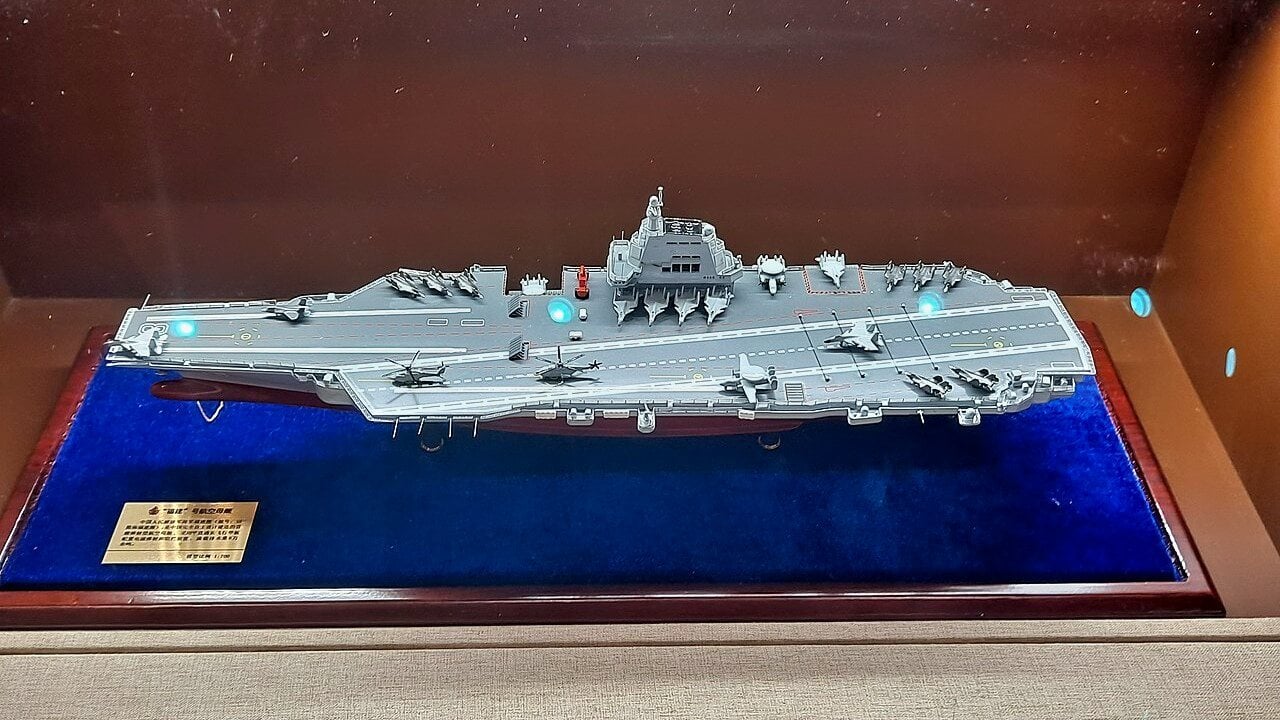
Whatever may yet happen with China’s carrier fleet, Beijing has invested great resources in developing this capability. China does have the second-largest fleet of carriers in the world. Should they manage to achieve their goal of getting the nuclear-powered Type 004 carrier into service by 2030, the PLAN will enjoy considerable advantages over their neighbors, allowing for Beijing to dictate terms in any one-on-one engagement. And, if the Chinese A2/AD systems could keep the American fleet out-of-range during a potential invasion or blockade of Taiwan, China’s carriers might prove decisive in bringing that conflict to a close in Beijing’s favor.
In fact, China is not only concerned about the Americans, who are far away. They about regional powers, like Japan (which has two helicopter-carriers), India (which has two subpar carriers), and Australia (which has no carriers and is currently fixated on building nuclear submarines with England and the United States in AUKUS). China already has more carriers than Japan’s fleet possesses. India is likely the main threat that China’s carriers are intended to challenge, since they are on a massive carrier spending craze right now. Although, in the carrier domain, India lacks the carrier force that China has built for itself.
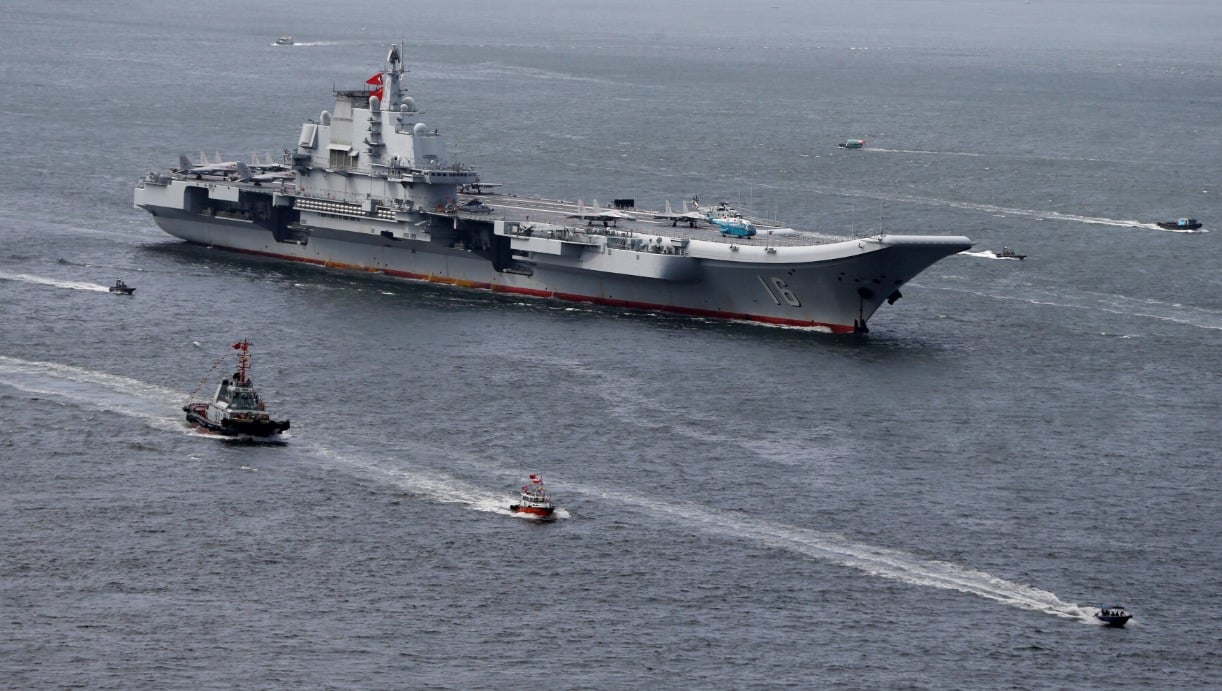
Bottom line: China’s carrier capabilities should not be discounted, especially when used in tandem with their advanced A2/AD capabilities.
Source: National Interest








